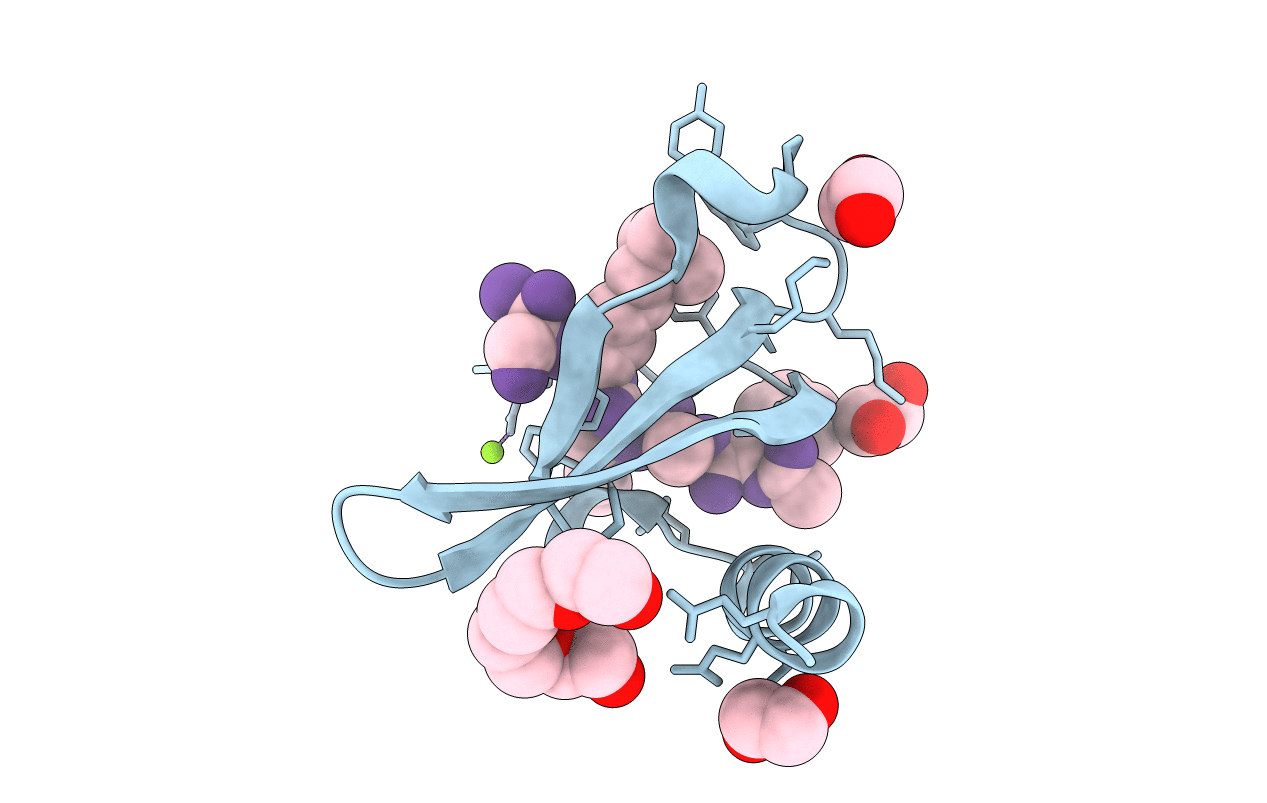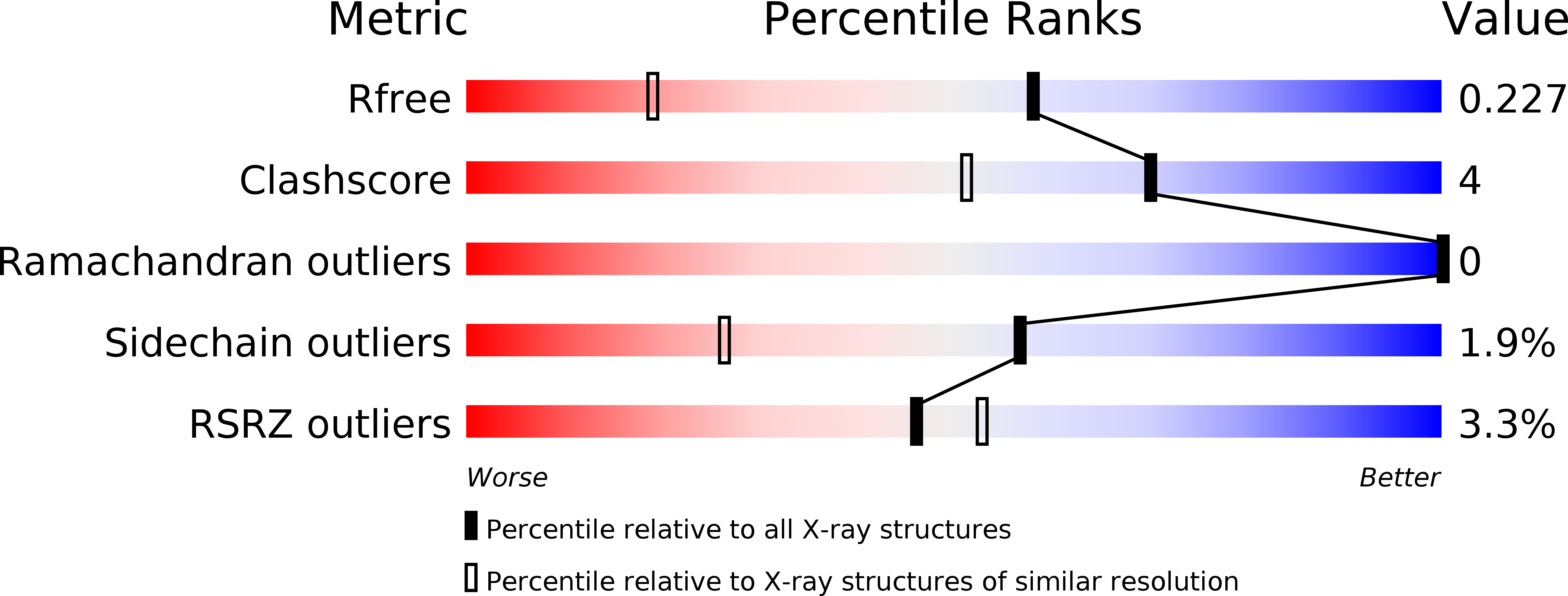
Deposition Date
2013-09-09
Release Date
2014-04-02
Last Version Date
2025-03-26
Entry Detail
PDB ID:
4MN3
Keywords:
Title:
Chromodomain antagonists that target the polycomb-group methyllysine reader protein Chromobox homolog 7 (CBX7)
Biological Source:
Source Organism:
Homo sapiens (Taxon ID: 9606)
Synthetic peptide (Taxon ID: 32630)
Synthetic peptide (Taxon ID: 32630)
Host Organism:
Method Details:
Experimental Method:
Resolution:
1.54 Å
R-Value Free:
0.21
R-Value Work:
0.17
R-Value Observed:
0.17
Space Group:
C 1 2 1


